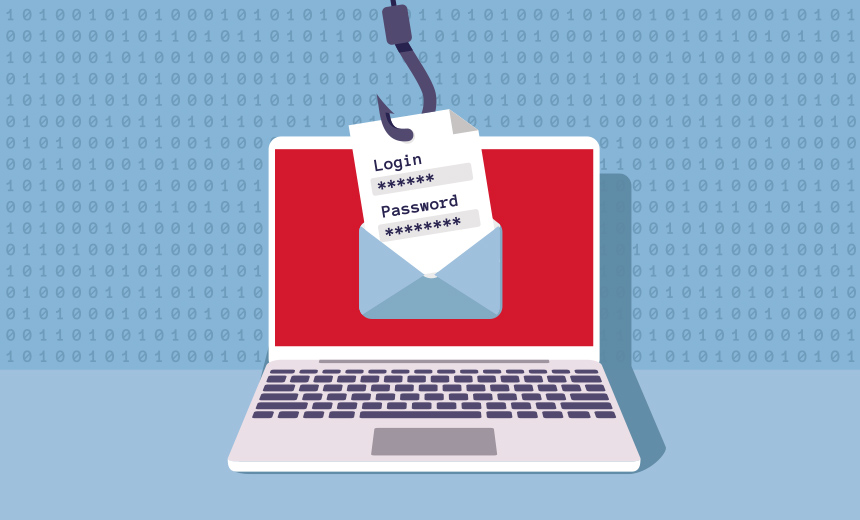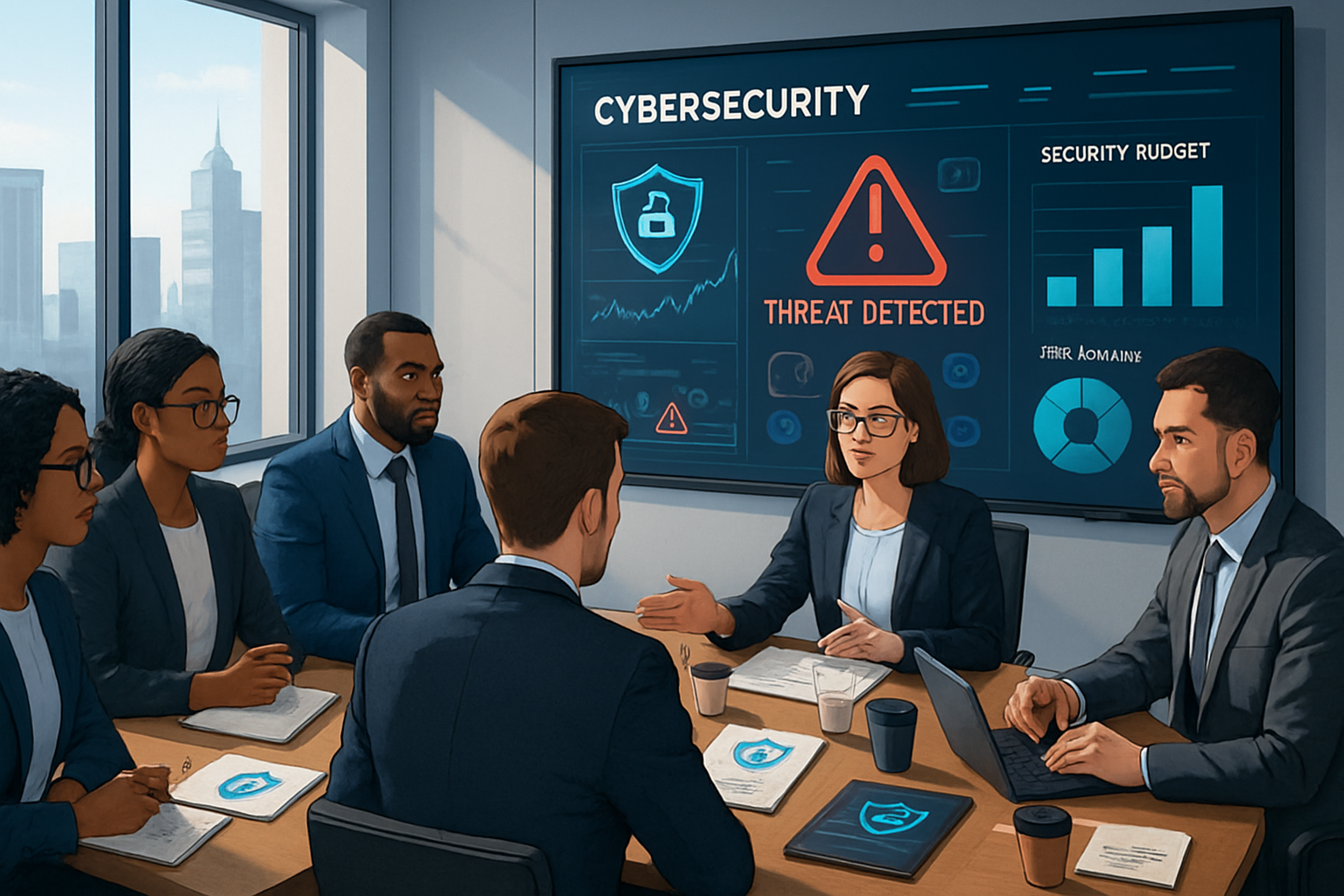Small and medium-sized businesses are frequently targeted by Business Email Compromise (BEC) scams that attempt to deceive victims into sending money, personally identifiable information (PII), material goods, or modifying direct deposit information. The emails often originate from spoofed, compromised, or fraudulent email accounts and, if fulfilled, may result in significant financial loss or data exposure.
Initial emails will likely contain friendly language such as "Hi, are you working today?" to initiate an email conversation with the victim. The follow-on email will then request a financial transfer or other action. These emails often use slightly inaccurate terms, such as referring to an employee by a full name instead of a nickname, including a line to indicate they originate from a mobile device to excuse mistakes, and including a sense of urgency or secrecy with language such as "ASAP" or "surprise" to make the recipient more likely to comply with the request quickly.
- Direct Deposit Variant: In this variant, the scammers pose as the victim and email an immediate deposit change request to the finance or human resources department. This results in the employee's paycheck being redirected to an account controlled by the scammer.
- Vendor Account Change Request Variant: This variant is similar to the Direct Deposit Variant, although the request spoofs a vendor and requests the SLTT government modify the vendor's payment account. The next payment to the vendor is then sent to the updated account number, which belongs to the scammer.
- Vendor Purchase Order Variant: In this scheme, the scammers obtain publicly available purchase order forms and change the contact details on the documents to include different telephone numbers and email addresses. Occasionally, the scammers create copycat websites to authenticate the contact information contained on the fraudulent purchase orders. The scammers submit the purchase order to a vendor, have the goods shipped, and sell them for profit while the bill goes to the affected entity.
- Financial Theft Variant: In this variant, the scammers pose as an employee or senior official and request the department immediately wire money for a particular purpose. Occasionally, the spoofed email will not directly reference a wire transfer but rather specify that "transactions" need to be "set up and processed."
- Gift Card Variant: The scammers perpetrate this variant by posing as a senior official and emailing the employee to purchase gift cards for a surprise award. Once the cards are purchased, the scammer asks for the gift card numbers and pins, claiming they need to give out the awards immediately.
- W-2 and PII Data Theft Variant: In this variant, the scammers pose as an administrator or senior official and email the human resource or finance departments requesting all the employees' W-2 information or PII. These emails target schools and local governments, with the scammers crafting an email to appear as though it is from a school superintendent or high-level government official. If the employee complies without encrypting the data or encrypts the data and provides the password, this variant results in a data breach. The MS-ISAC believes W-2 information and PII stolen in this manner are often used to commit tax fraud and identity theft.
Recommendations for SMBs:
- Flag external emails with a warning message in the subject or body. Warning banners can be added by creating Transport Rules on email servers for inbound messages.
- Create a policy for identifying and reporting BEC and similar phishing email scams. Make sure to include the following components:
- When receiving unusual financial or sensitive data requests, users should verify the email sender's identity, authenticity, and authority via non-email channels.
- Users should ensure that the email is going to the correct person. The actual recipient of an email can often be verified by hovering the mouse over the address in the email header or double-clicking on the name.
- Users should reply by forwarding and not by hitting the "reply" button, which helps to prevent successful spoofing attacks.
- Train human resource and finance departments staff to identify potential BEC scam emails and follow the suspicious email policy. Indicators of BEC spam emails can include:
- Poorly crafted emails with spelling and grammar mistakes.
- The wrong or an abbreviated signature line for the supposed sender.
- An indication that the email was sent from a mobile device.
- Using full names instead of nicknames and a language structure may not match how the supposed sender communicates typically.
- The transactions are for a new vendor or new contact at a known vendor.
- Ensure human resource and finance department employees have a policy for out-of-band verification (e.g., verbal confirmations, etc.) of requests. An office culture exists where staff feels comfortable asking if the emailed request is authentic.
- Collaborate with human resource and finance departments to ensure technical solutions support their policies.
- Develop a BEC Incident Response Plan including emergency contacts with the relevant financial institutions if it becomes necessary to stop a transfer.
- Implement filters at your email gateway to filter out emails with known phishing attempt indicators and block suspicious IPs at your firewall.
- Implement the use of Domain Message Reporting & Conformance. Domain-based Message Authentication, Reporting, and Conformance (DMARC) is a standard email authentication method.
- DMARC helps mail administrators prevent hackers and other attackers from spoofing their organization and domain. Spoofing is a type of attack in which the From address of an email message is forged.



